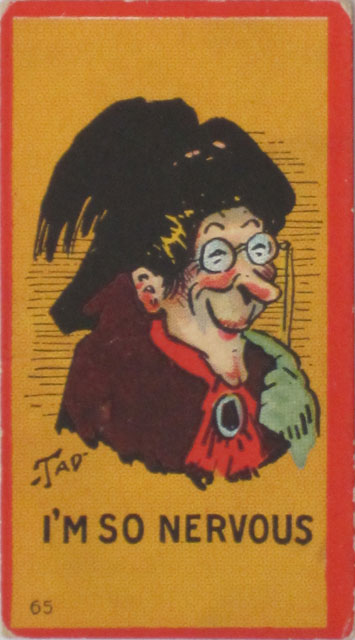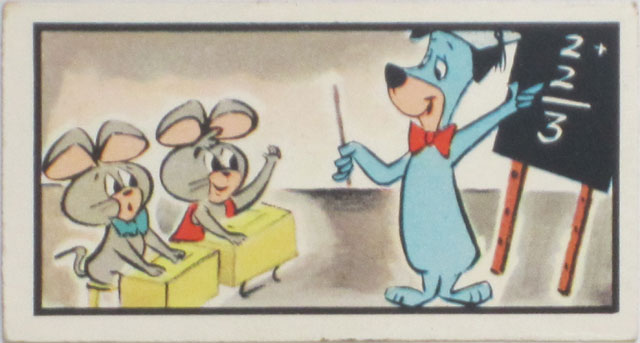Nailing Down Opportunities

A pessimist sees the difficulty in every opportunity; an optimist sees the opportunity in every difficulty
If you’re one of the many webmasters feeling hammered by Penguin and Panda, you’d be forgiven for thinking the best opportunities in search are long gone. Perhaps it’s all gotten just a bit too complicated.
In reality, internet marketing is still just a toddler taking baby steps. Opportunity abounds. It’s a case of looking for it, finding it and capitalizing on it.
So how?
In this post. we’ll look at the nature of opportunities, and how to spot them.
People Always Have Problems 
If you look at these stories, you’ll notice a common thread.
Honest Tea solved a problem. People wanted bottled organic tea. VMail solved a problem. Small businesses needed a cheap VoIP solution. Ben and Jerry solved a problem. There was no ice cream shop in their town.
Opportunity is the chance to solve a problem. To fill a need. If no one is solving that problem, and that problem is a difficult one the customer, and the customer is desperate to solve it, then the stronger the marketing opportunity will be.
Are there any fewer needs than there were last year? Than before the financial crash? There are just as many needs, as there are just as many people, and as life grows ever more complex, their needs become greater. Their needs may change. They might want fewer luxury products and better deals on everyday products. Next year, it might be the other way around.
Where There Are Problems, There Are Marketing Opportunities
We find marketing opportunities - good ones - when there is a high probability we’ll satisfy a market need, and do so profitably.
- Is it about finding a keyword with high search volumes?
- Is it about doing what the the successful people are doing?
- Is it about doing what everyone else is doing, but just being better at SEO than they are?
Possibly, but this type of thinking is more to do with tactics than opportunity. A marketing opportunity is better evaluated for a higher level. Take the 5,000 ft view.
Ask:
- Can I supply something in short supply?
- Can I improve on an existing product or service in way that is considerably superior?
- Can I supply a genuinely new product of service?
For example, there is a market opportunity for search engine news. Is it a good opportunity for a new entrant? Probably not, as this market is saturated by established players. The audience already have their needs met.
However, there might be better opportunities for news on, say, 3d printers, or some other emerging technology where there is a need, but it isn’t well served. Of course, these opportunities can narrow over time as more and more people see the opportunity, and move into the space.
Perhaps the most lucrative opportunities score highly in each area. They are in short supply, they are relatively new, and you can improve on something people already do.
A good example would be the iPhone. When they came out, there was only one iPhone, they were new(ish) idea for the target market, and they integrated functions people already performed, but did so in a superior way. It’s little wonder Apple could charge such high margins on them, and it took competitors a long time to catch up. Anyone releasing a smartphone today would have to improve on those areas - price point is probably the obvious opportunity - in order to be able to compete.
How To Nail Down The Opportunities
There are various methods marketers do to test their conceptions. Let's look at three.

One method is the problem detection method. Try asking people if they have any problems with their existing service. For example, a prospective SEO customer might say “I’d like to spend more on SEO, but I don’t know if my spend will be worthwhile”. The opportunity is to figure out a way to show it will be worthwhile if the customer spends more, which might involve offering a money-back guarantee, or a pay on performance arrangement, or some other way to improve that problem the customer has with existing services.
Another way is the ideal method. Ask the customer what would be their ideal product or service. Often, customers will describe fanciful things, but listening to their whims can help you think of products and services you may not have thought of yourself, as it’s easy to fall into the trap of thinking within the constraints of your industry. At one time, a customer may have wanted no time delay between ordered a meal and receiving the meal. This probably sounded like an impossible ideal to a restaurateur at the turn of the century, used to waiters and a kitchen staff, but an opportunity to Mr McDonald, who thought more in terms of an industrial process. And Ray Kroc scaled it from there.
Another method is the consumption chain method. You track the consumption of the product or service from start to finish, and see if there are any steps in the chain that can be improved upon. Questions to ask are how people become aware of the product or service, how do customers make their purchase decisions, if they need to consult someone else to make the purchase decision, how they get the product or service, where they store it, how often they use it, and so on. At each step in the chain, there is a chance to make a change, to optmize, and to make better.
We’ve only touched on the ideas on ways to seize opportunities. How have you discovered opportunities in the past? What is your process for spotting new opportunities? Please add them to the comments!
New to the site? Join for Free and get over $300 of free SEO software.



Once you set up your free account you can comment on our blog, and you are eligible to receive our search engine success SEO newsletter.
Already have an account? Login to share your opinions.




Comments
Add new comment